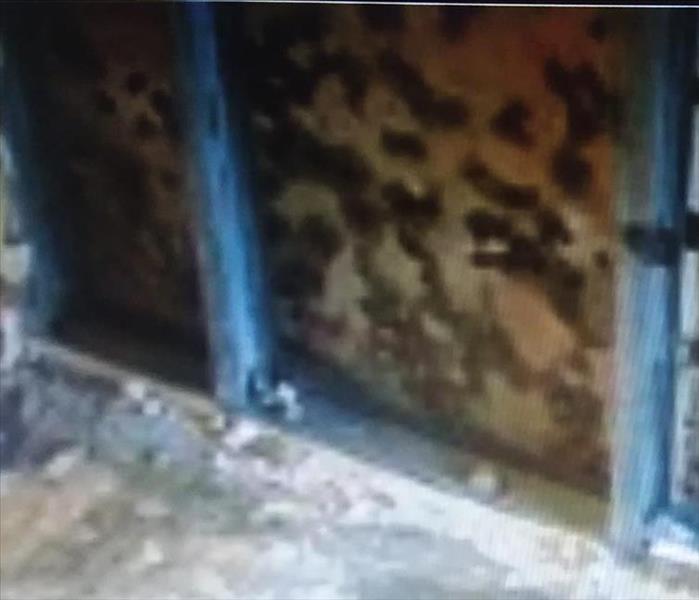Understanding Mold
9/11/2023 (Permalink)
Mold Basics
- The key to mold control is moisture control.
- If mold is a problem in your home, it needs to be cleaned up promptly and fix the water problem that’s where SERVPRO can help you
- It is important to dry water-damaged areas and items within 24-48 hours to prevent mold growth.
Molds are part of the natural environment. Molds reproduce by means of tiny spores; the spores are invisible to the naked eye and float through outdoor and indoor air. Mold may begin growing indoors when mold spores land on surfaces that are wet. There are many types of mold, and none of them will grow without water or moisture.
Moisture Control is the Key to Mold Control
- When water leaks or spills occur indoors - act quickly. If wet or damp materials or areas are dried 24-48 hours after a leak or spill happens, in most cases mold will not grow.
- Clean and repair roof gutters regularly.
- Make sure the ground slopes away from the building foundation, so that water does not enter or collect around the foundation.
- Keep air conditioning drip pans clean and the drain lines unobstructed and flowing properly.
- Keep indoor humidity low. If possible, keep indoor humidity below 60 percent (ideally between 30 and 50 percent) relative humidity. Relative humidity can be measured with a moisture or humidity meter, a small, inexpensive ($10-$50) instrument available at many hardware stores.
- If you see condensation or moisture collecting on windows, walls or pipes act quickly to dry the wet surface and reduce the moisture/water source. Condensation can be a sign of high humidity.
Actions that will help to reduce humidity
- Vent appliances that produce moisture, such as clothes dryers, stoves, and kerosene heaters to the outside where possible. (Combustion appliances such as stoves and kerosene heaters produce water vapor and will increase the humidity unless vented to the outside.)
- Use air conditioners and/or de-humidifiers when needed.
- Run the bathroom fan or open the window when showering. Use exhaust fans or open windows whenever cooking, running the dishwasher or dishwashing, etc.
The professionals at SERVPRO use antifungal and antimicrobial treatments to treat mold colonies. When necessary to treat heavy mold growth our process includes removing and disposing of mold-infested porous materials like drywall, carpeting and insulation.
If needed we will also clean items like curtins, home decor and documents.




 24/7 Emergency Service
24/7 Emergency Service
